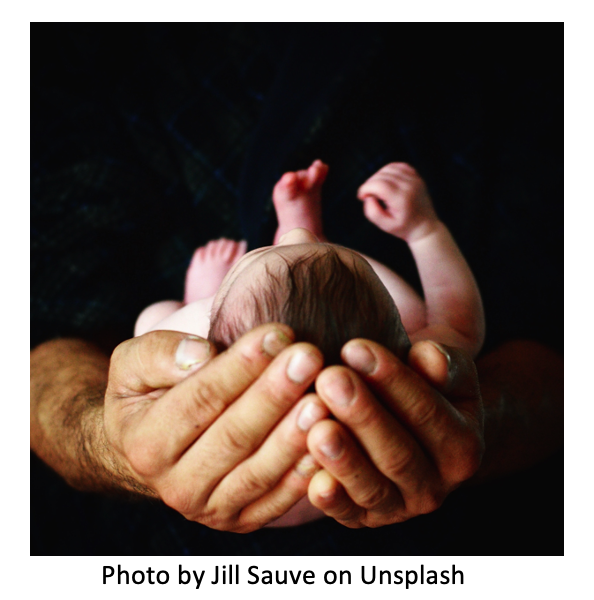SIR 2022: Procedure May Help Women Conceive Without Infertility Treatment
 Women struggling with infertility from blocked fallopian tubes may have a new option that can provide clarity on infertility and hope for conception, according to new research to be presented at the Society of Interventional Radiology Annual Scientific Meeting. A simple diagnostic procedure, followed by an interventional radiology treatment known as fallopian tube recanalization, could help them to conceive with less involved or, in some cases, no further invasive fertility procedures. Researchers said that most women with blocked fallopian tubes could have their condition easily corrected.
Women struggling with infertility from blocked fallopian tubes may have a new option that can provide clarity on infertility and hope for conception, according to new research to be presented at the Society of Interventional Radiology Annual Scientific Meeting. A simple diagnostic procedure, followed by an interventional radiology treatment known as fallopian tube recanalization, could help them to conceive with less involved or, in some cases, no further invasive fertility procedures. Researchers said that most women with blocked fallopian tubes could have their condition easily corrected.
“This procedure and treatment can help women make an informed decision about infertility treatments. And for many, it can actually give them the chance to conceive naturally,” said Lindsay Machan, MD, associate professor in the Department of Radiology at the University of British Columbia and a lead author of the study. “As women increasingly desire more thorough discussions of available options and input into their medical care, they appreciate detailed information to help them make choices. This is especially true with fertility treatments.”
Researchers at the University of British Columbia Hospital studied cases from 2015 to 2021 involving 956 women with infertility who previously had been diagnosed as having one or both fallopian tubes blocked based on the standard diagnostic procedure used to assess the openness of fallopian tubes, known as hysterosalpingogram (HSG). The women then underwent a selective salpingography to confirm their HSG diagnosis and, if needed, underwent fallopian tube recanalization. In many cases, researchers said, the purported blockage was only a piece of mucus that was easily removed.
The diagnostic examination known as selective salpingography showed that nearly one in four (23.8%) had been mistakenly told they had one or both blocked fallopian tubes. Of those with a blockage, over half (56.7%) were unblocked using a fine wire in the fallopian recanalization process, researchers said. In sum, 80.5% of women in the study who had previously been told they had tubal blockages left the same day with both fallopian tubes open after a simple outpatient procedure. In an additional 15.9% a more precise diagnosis of significant tubal disease was made that in many cases, potentially altered treatment options.
Selective salpingography uses X-ray guidance to insert a tiny catheter through the cervix and into the opening of the fallopian tubes. A contrast dye is then injected to assess whether the tubes are open or blocked. The interventional radiologist, in many cases, is then able to perform recanalization which opens the tube using a fine guidewire. The procedure is performed as an outpatient under light sedation and typically takes under 30 minutes.
Dr Machan said the research suggests that selective salpingography should be offered more broadly in assessing and treating female infertility. “Fertility treatments can be expensive and out of reach for many women,” he said. “Infertility is also an emotional, often heart-breaking journey, so having this diagnostic procedure and treatment available could be life-changing.”
Citation
SIR 2022: Procedure May Help Women Conceive Without Infertility Treatment. Appl Radiol.
June 8, 2022